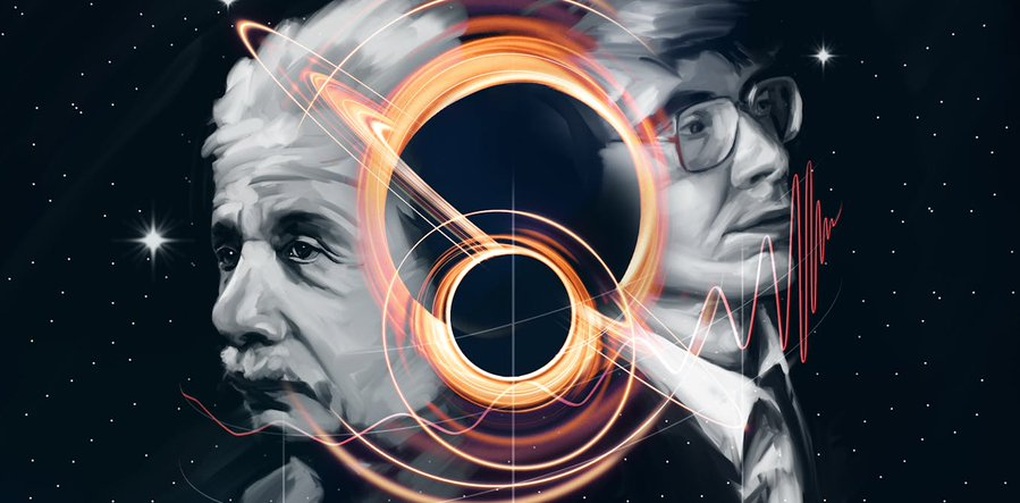
That was the first discovery of gravitational waves. It proved a key prediction of Einstein's general theory of relativity. Now, a new discovery of gravitational waves has verified a theory by Stephen Hawking - another "giant" in the field of astronomy.
What are gravitational waves?
Gravitational waves are “ripples” in the fabric of space-time that travel at the speed of light. They are created by massive objects that are accelerated extremely quickly, such as colliding black holes or the merger of massive stellar remnants called neutron stars.
These ripples propagating through the universe were first directly observed on September 14, 2015, by two detectors of the Laser Interferometer Gravitational-Wave Observatory (LIGO) in the US.
That first signal, called GW150914, came from the collision of two black holes, each more than 30 times the mass of the Sun and more than a billion light-years from Earth.
This was the first direct evidence of gravitational waves, as predicted by Einstein's theory of relativity 100 years earlier. For this discovery, three scientists Rainer Weiss, Barry Barish and Kip Thorne were awarded the 2017 Nobel Prize in Physics.
Simulation shows gravitational waves created by two black holes orbiting each other ( Video : MPI).
Hundreds of signals in less than a decade
Since 2015, more than 300 gravitational waves have been observed by LIGO, along with the Italian Virgo and Japanese KAGRA detectors.
Just a few weeks ago, the international LIGO/Virgo/KAGRA collaboration announced the latest results from its fourth observation, more than doubling the number of known gravitational waves.
Ten years after the first discovery, an international collaboration including Australian scientists from the Australian Research Council's Centre for Gravitational Wave Discovery (OzGrav) has recently announced a new gravitational wave signal, GW250114.
This signal is a near-perfect copy of the first gravitational wave signal, coded GW150914.
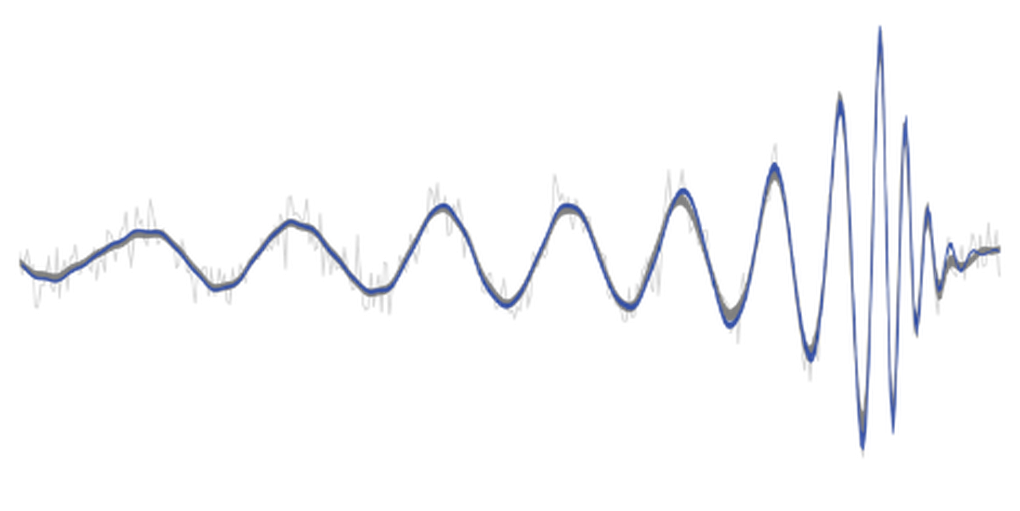
The black hole collision that produced GW250114 has very similar physical properties to GW150914. However, thanks to significant upgrades to gravitational wave detectors over the past decade, the new signal was seen much more clearly (almost four times stronger than GW150914).
What's interesting is that it allows us to test the ideas of another pioneering physicist. That's Stephen Hawking.
Hawking was right too.
More than 50 years ago, physicists Stephen Hawking and Jacob Bekenstein formulated a set of laws describing black holes.
Hawking's second law of black hole mechanics, also known as Hawking's area theorem, states that the area of a black hole's event horizon must always increase. In other words, black holes cannot collapse.
Meanwhile, Bekenstein showed that the area of a black hole is directly related to its entropy (or disorder). The second law of thermodynamics tells us that entropy must always increase: the universe is always becoming more disordered. Since the entropy of a black hole must also increase over time, this tells us that its area must also increase.
How can we test these ideas? It turns out that collisions between black holes are the perfect tool. The precision of the new measurement allows scientists to perform the most precise test of Hawking’s area theorem to date.
Previous experiments using the first detection, GW15091, suggested that the signal was consistent with Hawking's law, but could not confirm it with certainty.
Black holes are surprisingly simple objects. The area of a black hole's horizon depends on its mass and rotation, the only parameters needed to describe an astronomical black hole. In turn, mass and rotation determine the shape of the gravitational waves.
By separately measuring the masses and spins of the inbound black hole pair, and comparing them with the mass and spin of the final black hole remaining after the collision, scientists were able to compare the area of the two individual colliding black holes with the area of the final black hole.
The data show excellent agreement with the theoretical prediction that the area should increase, strongly supporting Hawking's law.
Future observations of gravitational waves will allow us to test more exotic scientific theories, and perhaps even probe the nature of the universe's missing components, dark matter and dark energy.
Source: https://dantri.com.vn/khoa-hoc/phat-hien-mo-ra-ky-nguyen-moi-trong-thien-van-hoc-20250930235223429.htm



![[Photo] Opening of the 13th Conference of the 13th Party Central Committee](https://vphoto.vietnam.vn/thumb/1200x675/vietnam/resource/IMAGE/2025/10/6/d4b269e6c4b64696af775925cb608560)




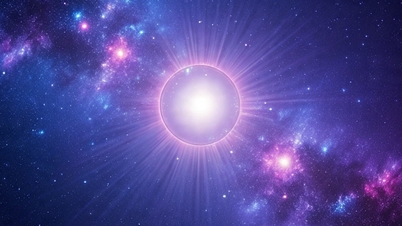

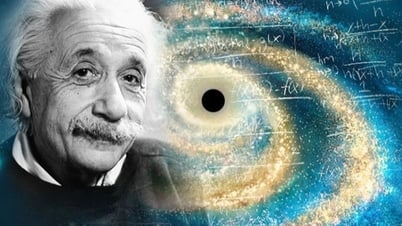
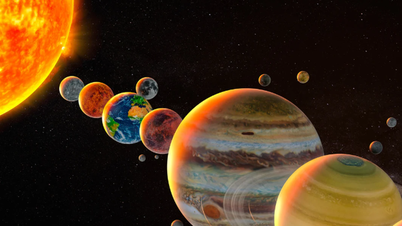

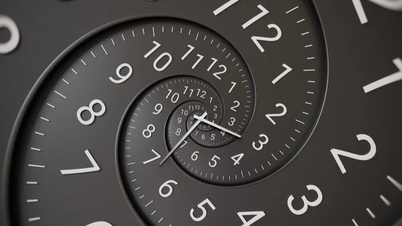









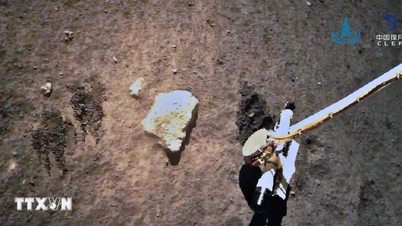





























































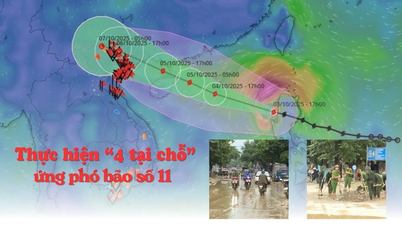

















Comment (0)